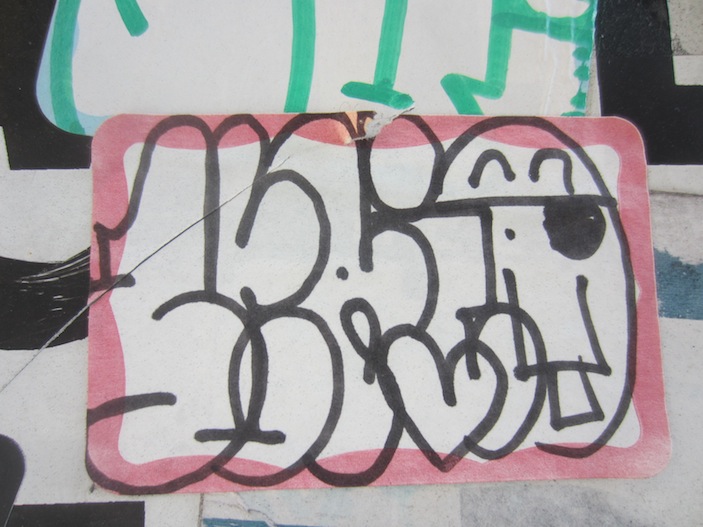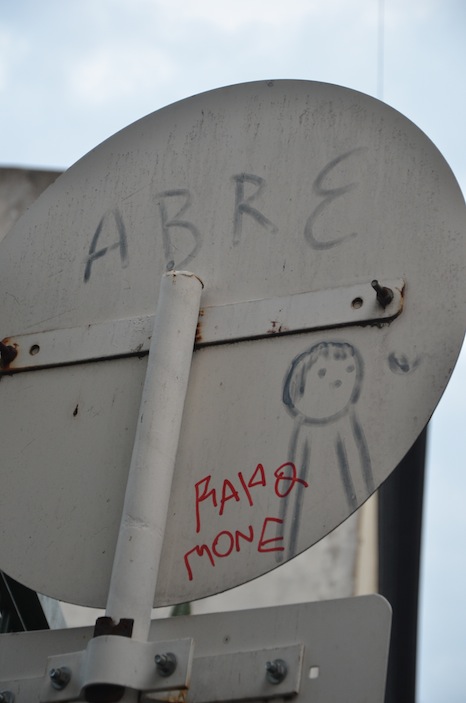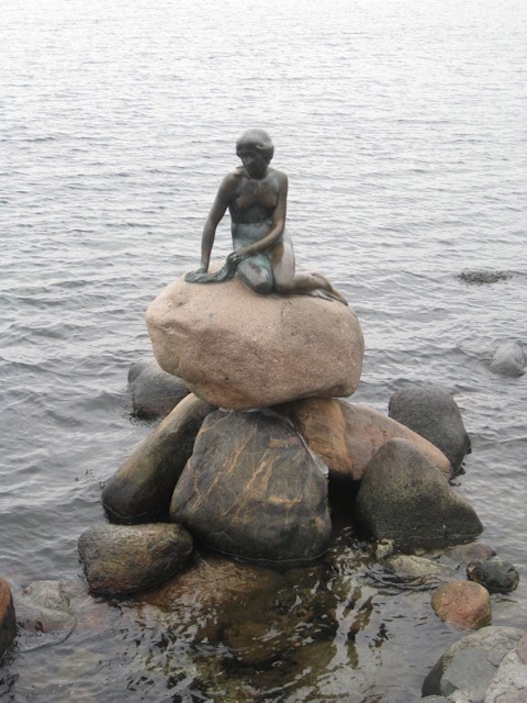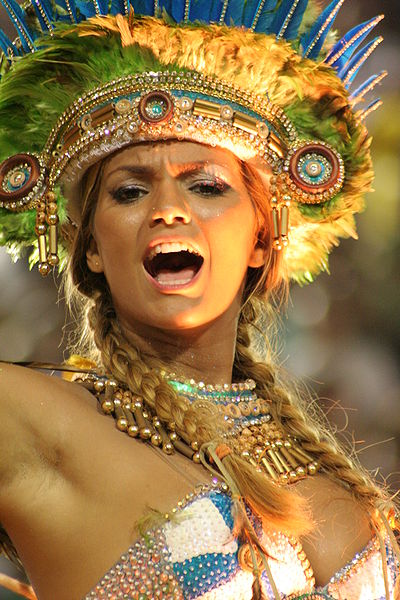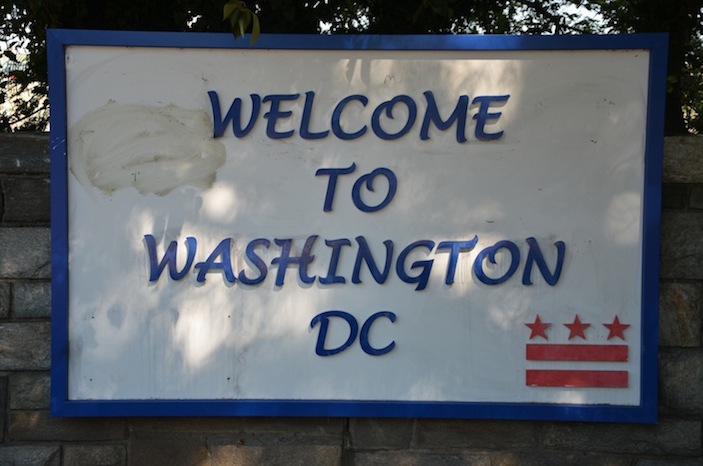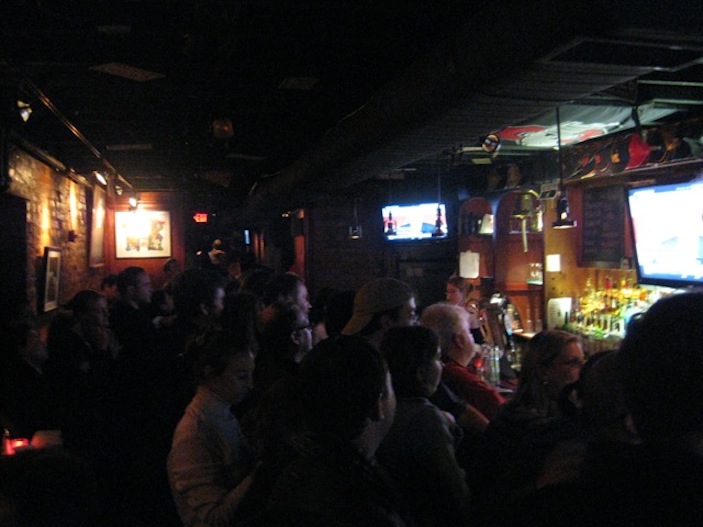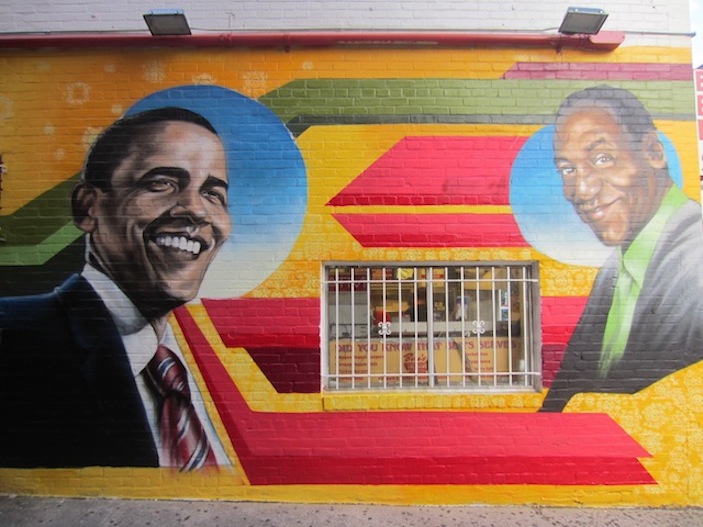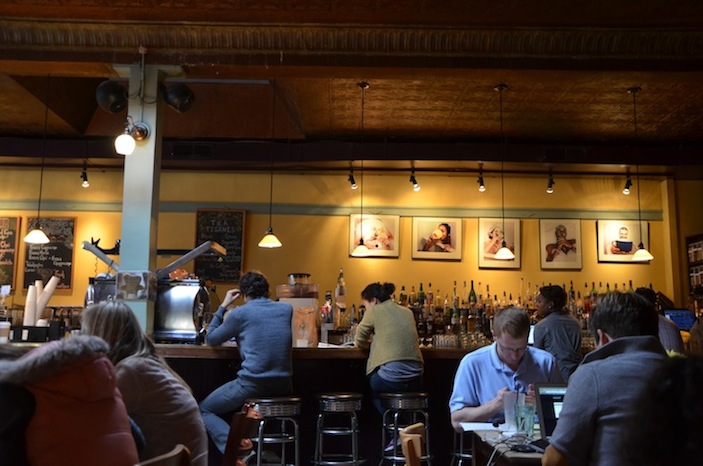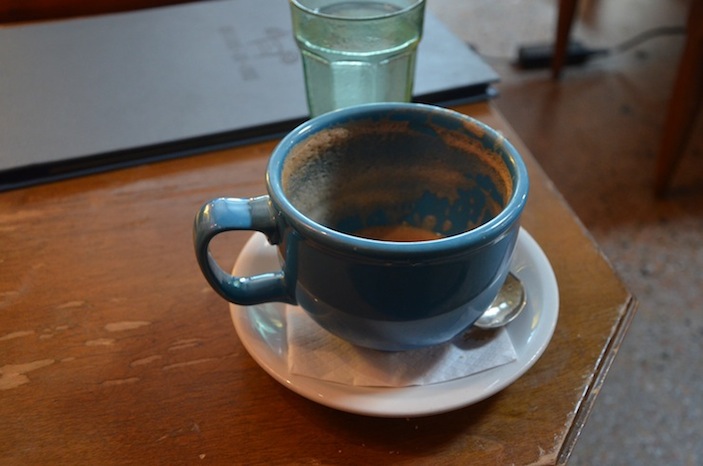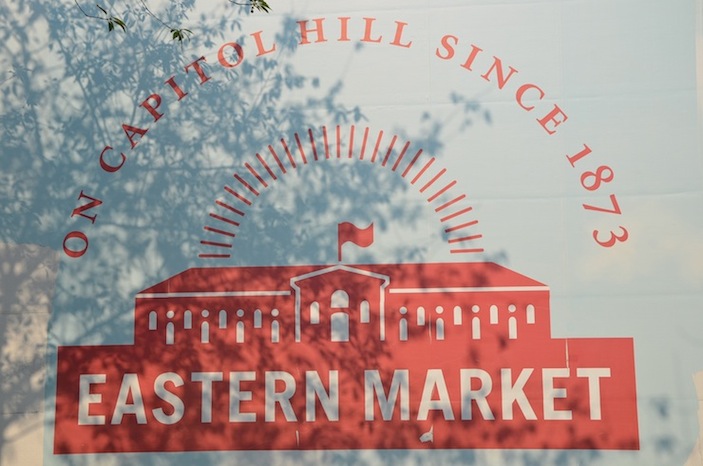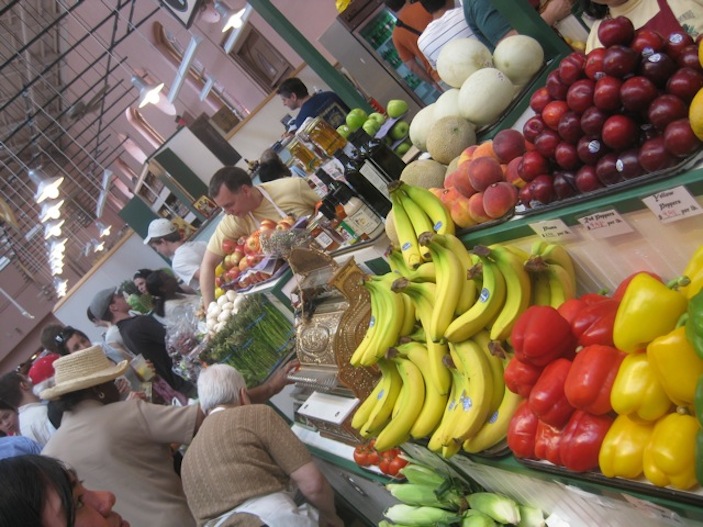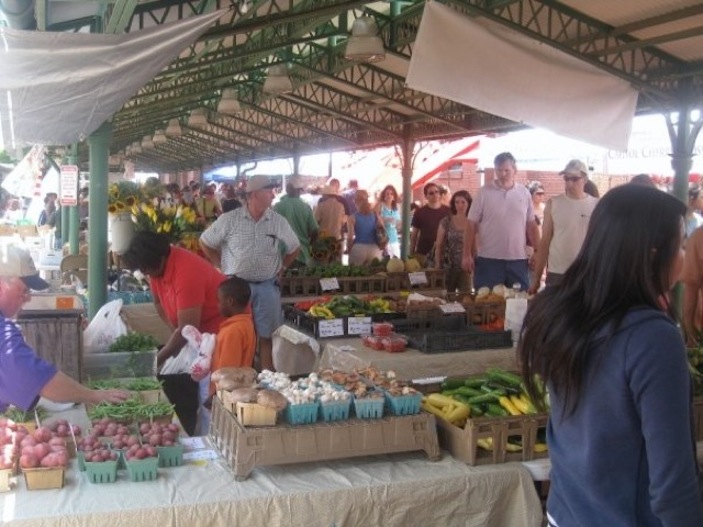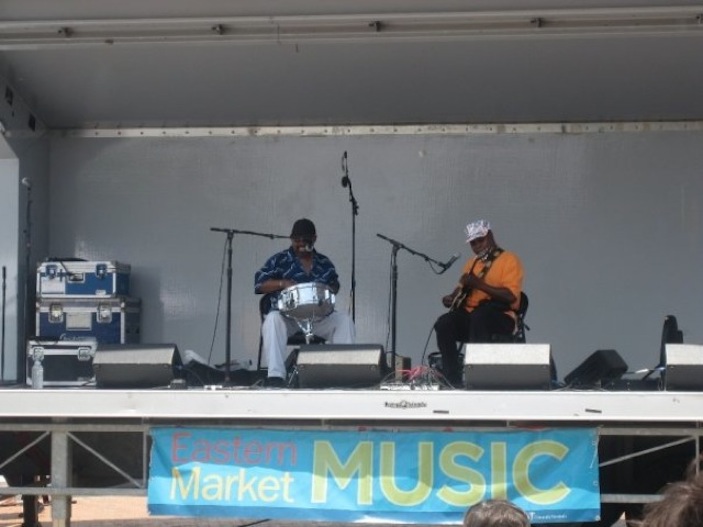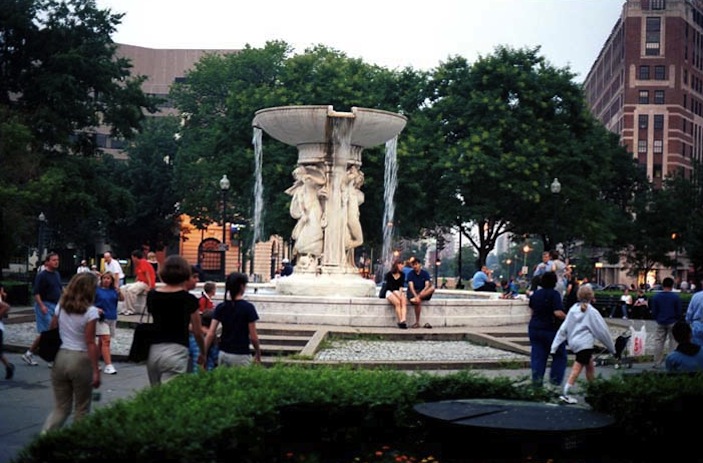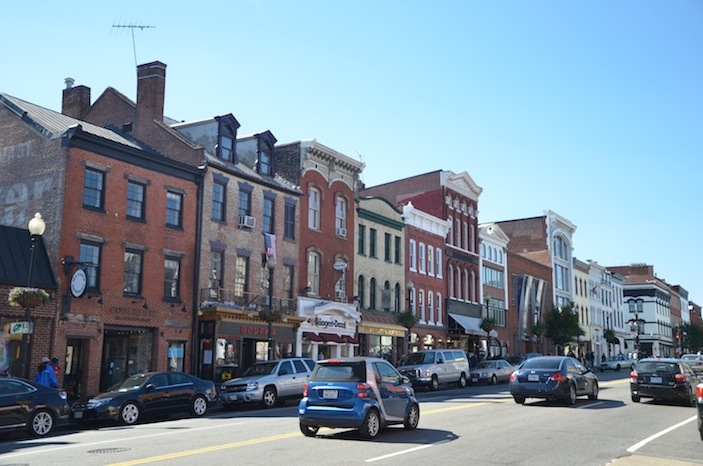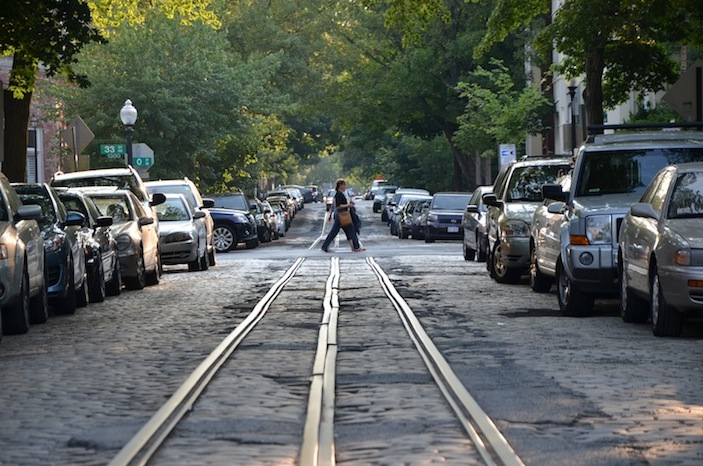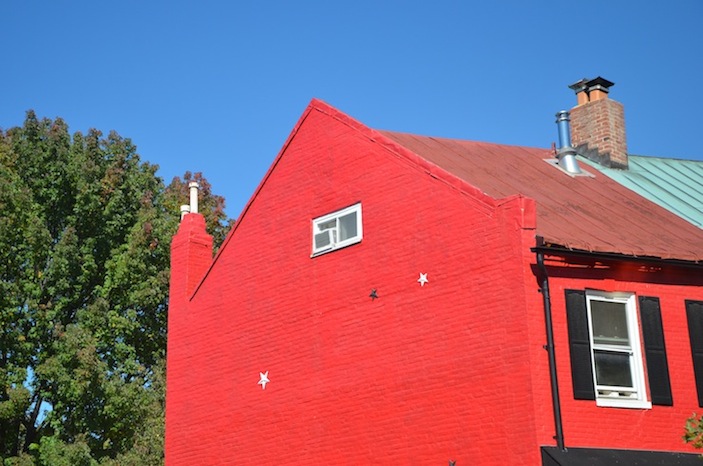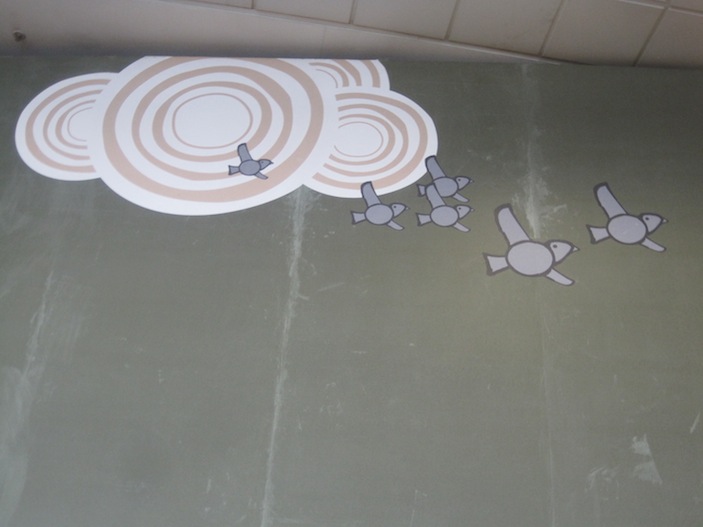Author Archive
IDbuenosaires: Abre!
Human Rights Violation 1: Dubai House Maid Refuses to Drive
I was at the airport, waiting for boarding. I sat beside a young woman from the Philippines who was working as a house maid for an Emirati family in Dubai. She was on her way home—for good—because she refused her boss’ request to drive the family around Dubai. She did not have a license to do so, and did not feel safe doing so, but her boss didn’t care. He insisted, telling her not to worry about her (lack of) a license.
Knowing that she would be in serious trouble if caught driving without a license, the woman declined, to be greeted the following day with news that she was being taken back to the placement agency. Without anyone hearing her side of the story, she was sent directly to the airport, with a police escort, and her working visa was canceled. She was not paid her salary for the last month, not given any cash for things like food during her journey home, and wasn’t even given her luggage. Her boss also confiscated her cell phone, so as to wipe the record of any contacts the woman had in the Middle East. She was literally thrown out of Dubai with only the clothes on her back, all for refusing to drive without a license.
English Gastropubs: The Way to Eat in England
Nobody can say they’ve truly experienced England until they’ve visited a local pub. With catchy names like Firkin & Fox or The Little Driver, you’re bound to be enchanted with the elaborate décor, quirky menu and the general way they operate.
First, there is rarely waiter service. While people order drinks at the bar in most of the world, here in England you also will request a menu and place your food order at the bar, and pay up front. You’re handed a number, and minutes later your entrees are brought straight out to your table. No tipping necessary.
Secondly, you may be surprised to see not only beer, but even wine on tap. At least in some places.
Next, you have to get with the lingo. Weekends often feature a Roast, which is (as you may guess) some massive portion of roasted meet only available on those days. “Bangers and Mash” means simply sausage with mashed potatoes. “Bubble and Squeak” is basically the veggies that happen to be leftover from the weekend Roast, and “Pudding” can stand for just about anything that they couldn’t come up with a more fitting name for (so don’t be alarmed if what is called pudding is actually more like bread).
Finally, perhaps the most surprising thing about British Pub food is the cost. In America, fast food tends to be the cheapest option if you’re looking to eat on a budget. In the UK, however, it is common to find pub specials with two meals for £8 (or thereabouts), which include a drink (maybe it will be £10 with alcoholic drinks). It’s also regular to see deals like “burger and a pint” for £4 or £5. In comparison, you’ll likely pay more eating at Burger King, making pub food all the more essential to daily life here.
IDcopenhagen: The History of The Little Mermaid Statue
It is hard to believe that of all Denmark is known for and renowned for around the world, one of its most famous associations is with a bronze statue just over one meter tall. Yet The Little Mermaid statue, based on the Hans Christian Andersen fairy tale, has become synonymous with Copenhagen in the 100 years since it was first constructed in 1913.
The statue rests on a rock a few meters into Copenhagen’s harbour, just off the picturesque Langelinie Promenade. First unveiled on August 23, 1913, there it has remained with the exception of a six-month period in 2010, when the Copenhagen City Council decided (quizzically) to move the statue to Danish Pavilion at Expo 2010 in Shanghai. It was originally commissioned by Carl Jacobsen (son of the founder of Carlsberg), who was fascinated by a ballet about The Little Mermaid in Copenhagen’s Royal Theatre. Edvard Eriksen was the sculptor, with Prima ballerina Ellen Price modeling for hi. But when she would not agree to model nude, his wife Eline stepped in.
The statue has become a mecca of sorts for political activists and vandals, prompting the city to consider moving it further into the harbour. We have compiled a list of the most memorable happenings involving The Little Mermaid over the past half-century:
- April 24, 1964: The Mermaid’s head is sawn off and stolen by politically-oriented activists of the Situationist movement. It was never recovered, and a new head was produced.
- July 22, 1984: The statue’s right arm is sawn off, and returned two days later by two men.
- August 5, 1990: Another attempt is made to saw off the head, unsuccessfully. An 18cm cut is left in the neck.
- January 6, 1998: The statue is again decapitated, with the head being returned anonymously to a local television station and re-attached on February 4th.
- September 10, 2003: The statue is knocked off its base with explosives, and is later recovered in the harbour with holes in the Mermaid’s knee and wrist.
- December 16, 2004: The Mermaid is dressed in a burqa as a statement against Turkey joining the European Union.
- March 8, 2006: A dildo is attached to the Mermaid’s hand, green paint is dumped all over it, and the words “March 8” are written on her. March 8th is International Women’s Day.
- May 20, 2007: She is again draped in a Muslim dress and head scarf.
Which do you think is most creative?
Nobody Does Carnival Quite Like Brasil
Easily the most anticipated holiday of the year in Brasil, this weekend’s event basically shuts down the country (with the exception of shopping, carnival workers and tourism industries, as nearly 70% of the country’s visitors come this week). In Rio de Janeiro alone, nearly five million people will participate, including nearly 500,000 from abroad.
While the celebration before Lent is celebrated around the world, nobody does it quite like Brasil. Every major city will host massive parades led by samba schools—dance groups that spend the entire year practicing to compete against one another during Carnival—which are televised and watched by anyone who isn’t there. Smaller cities have their own parades in which anyone can participate, basically turning the entire town into a marching party. Everywhere you look, trios elétricos (trucks equipped with deafening sound systems that drive around blaring samba music) will be driving around, followed by a contingent of people dancing instinctively to the rhythms as if compelled by nature. People sing, people dance, people wear costumes, and people drink. Indeed, it is estimated that this weekend alone will account for nearly 80% of the country’s beer consumption for the entire year.
While the style of celebration varies place to place, the epic nature of each city’s celebration is consistent. In the Southeast (most notably Rio), the festivities are dominated by traditional forms of samba—the enredo, the embalo, the bloco and the marchinha. In the Northeast (most notably Bahia), people enjoy more Afro-Caribbean influenced styles: the frevo, the maracatu, samba-reggae and Axé music.
The thought of an entire nation dancing for an entire weekend is probably unfathomable to most, but once you’ve experienced a Brazilian Carnival, that view may chance. So if the thought of it intrigues you, grab your dancing shoes and let’s go!
IDwashingtondc: Chocolate City’s Surprisingly Unique Culture
Washington, D.C. is famous around the world, and it is known for anything but culture. People come here to see “the most powerful city in the world,” the White House, and monuments upon monuments—usually constructed in honor of political figures. The city is synonymous with politics, with the museums of The Smithsonian being the only exposure to anything that can be considered “cultural” that most visitors are exposed to.
But away from the steps of the United States Capitol building and the National Mall, Washington, D.C. has a unique culture all its own, with a history as rich as any other city in America. With a predominantly African-American population, Chocolate City (as it is known to some locals) has been a hub of musical creativity, Civil Rights activism, and culinary prowess for well over 100 years. To experience this first-hand, get away from the Tourmobile and check out some of these sights and sounds that you may not know as much about:
- U Street Corridor: Once the rival to New York City’s Harlem in terms of cultural influence and significance, U Street was a hub of Civil Rights activism in the mid-1900s and today hosts a thriving social scene full of bars and restaurants.
- Adams-Morgan: By night a popular nightlife spot, particularly among younger crowds, by day Adams-Morgan plays host to an eclectic collection of restaurants offering just about any kind of cuisine that can be found on earth.
- Eastern Market: A bustling market since 1873, Eastern Market today still plays host to a variety of food and crafts vendors, artists and the occasional musician—weekends only.
- Dupont Circle: The hub of Washington’s thriving gay community, the neighborhood surrounding this large traffic circle hosts a diverse variety of cafes, restaurants and night spots despite being adjacent to the city’s primary business district.
- Georgetown: Like nearby Dupont, this neighborhood is home to cafes, restaurants, but also hosts a major university, lots of shopping, and charming cobblestone streets and majestic homes.
IDjohannesburg: Wall Birds!
Real Heroes Walk Away…
Not all of Australia’s drinking activities are uncivilized, as you may have picked up from our article about the culture of shouting. But that aside, it is clear that the country still has a major problem when its longest serving emergency department director throws out the “d” word.
“We have developed this incredibly dumb drinking culture in Australia…and it’s a national issue,” said Professor Gordian Fulde of St. Vincent Hospital in Sydney.
Fulde’s comments last year came in light of the estimated 3,500 Australians that suffer brain damage as a result of assaults each year. Approximately 82 percent of these injuries occur on weekends, between the hours of midnight and 4am, and 70 percent of them happened in the close vicinity of pubs or clubs.
While this may shed some light into the macho Australian attitude that I experienced within minutes of landing in Sydney during one visit, especially when fueled by alcohol, it is a serious issue that has many officials calling for even stricter regulations on nightlife (there are already bans in place for serving drinks in glasses after midnight).
The government also launched a multimedia campaign last year, called Real Heroes Walk Away, in hopes of curbing the late night violence.
According to Fulde, the larger problem lies in the culture, how young people have a badge of honor attached to engaging in violence and winning fights. “And we have to show Dad that what he looks like on Saturday morning with a hangover is horrible,” he added.
.jpg)
